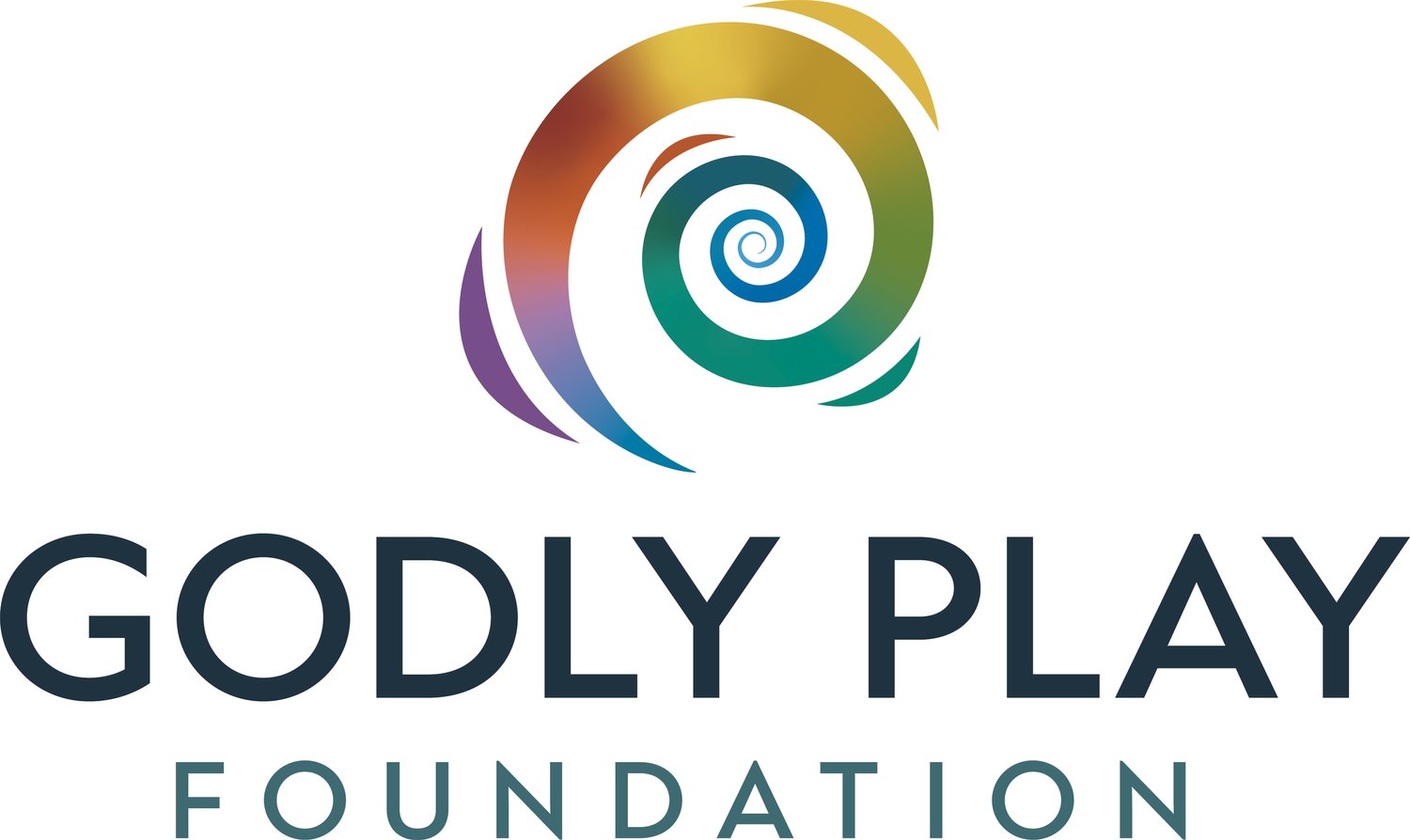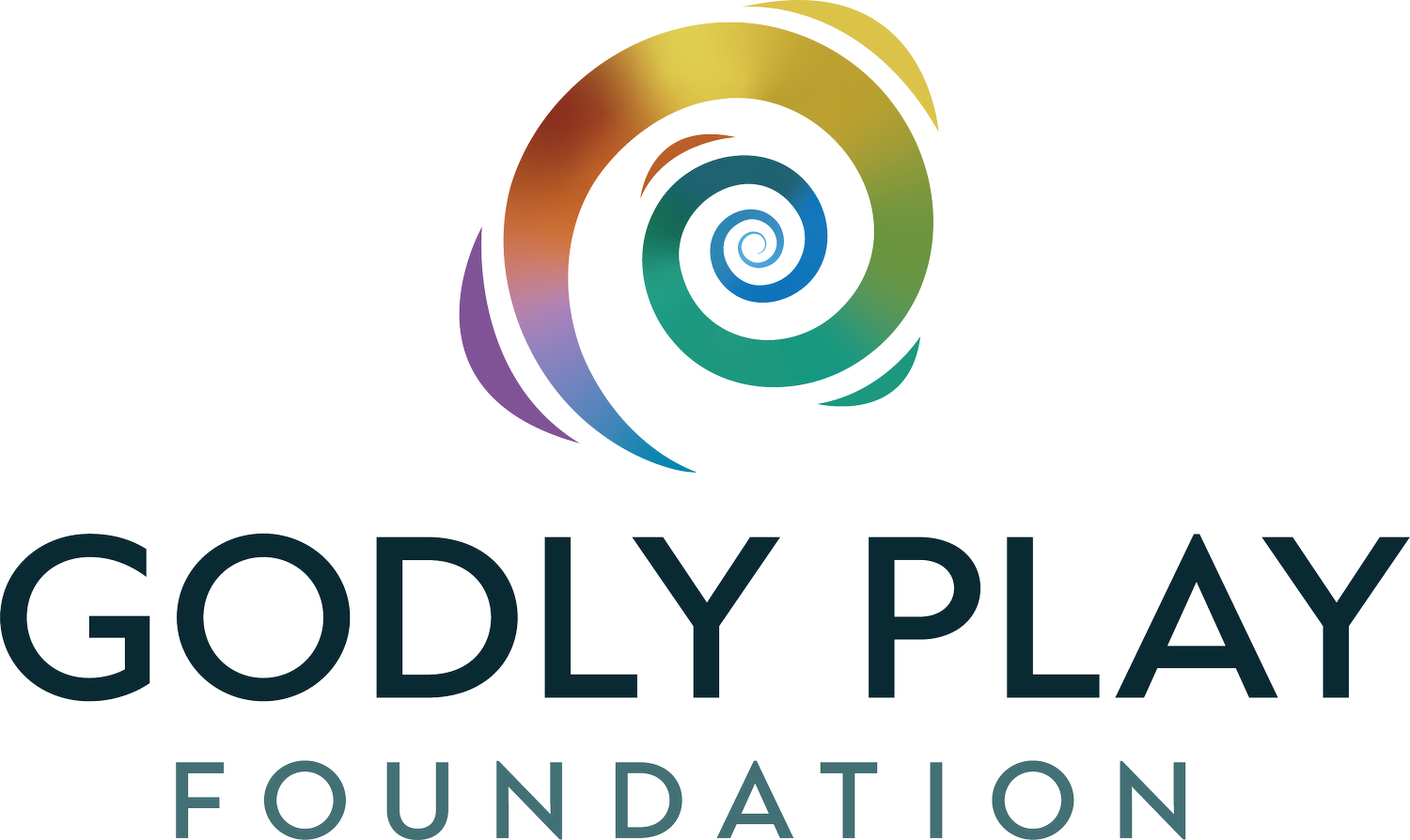The Contextual Conundrum
Godly Play has an expanding worldwide presence in many different countries, cultures, and contexts. This is to be celebrated. But there is also a sense in which Godly Play is situated in a particular country, culture, and context. One of the more interesting aspects of the international development of Godly Play is the crucial, careful, and sometimes controversial work of contextualization, which has many facets. Can you imagine adapting The Circle of the Church Year to the southern hemisphere?
One of the most important bits of this work is the translation of the Godly Play lexicon into other languages. On a recent trip to Europe, I spent much of my time in discussions and negotiations around this very issue. In the Dutch-speaking part of Belgium—called Flanders—we put the finishing touches on a plan to translate and publish in Dutch for Godly Play storytellers in Flanders and the Netherlands. In Geneva we had similar conversations around the French translations and publications.
These are just two of the more formal processes taking place. Godly Play is spoken in more than 15 languages and even more are on the horizon. Some of that translation work is into other forms of the English language!
As noted, this is careful, painstaking, sometimes painful work because at the heart of the contextualization enterprise is a core principle, and that principle is that Godly Play—the method, the language, the way—has an integrity that cannot be compromised. Our international partners know this, and they hold this very close even as they do their work of making Godly Play comprehensible in their context.
Please hold them in your prayers.
The Rev. Canon Dr. Andrew Sheldon
International Advocate, Godly Play Foundation



